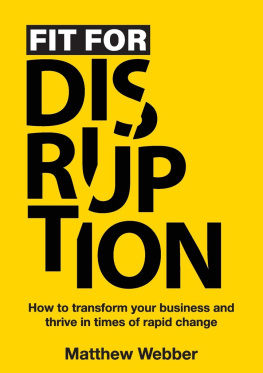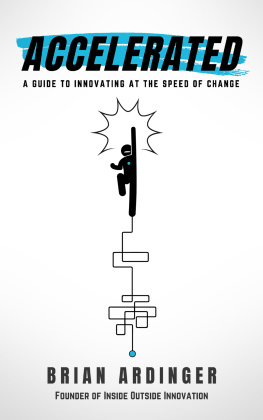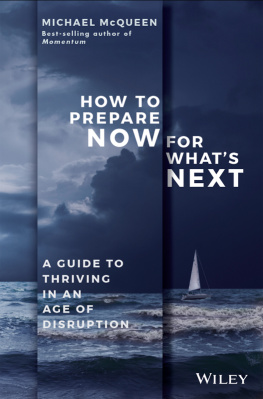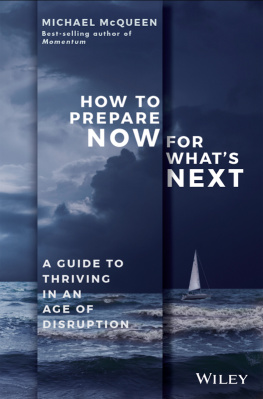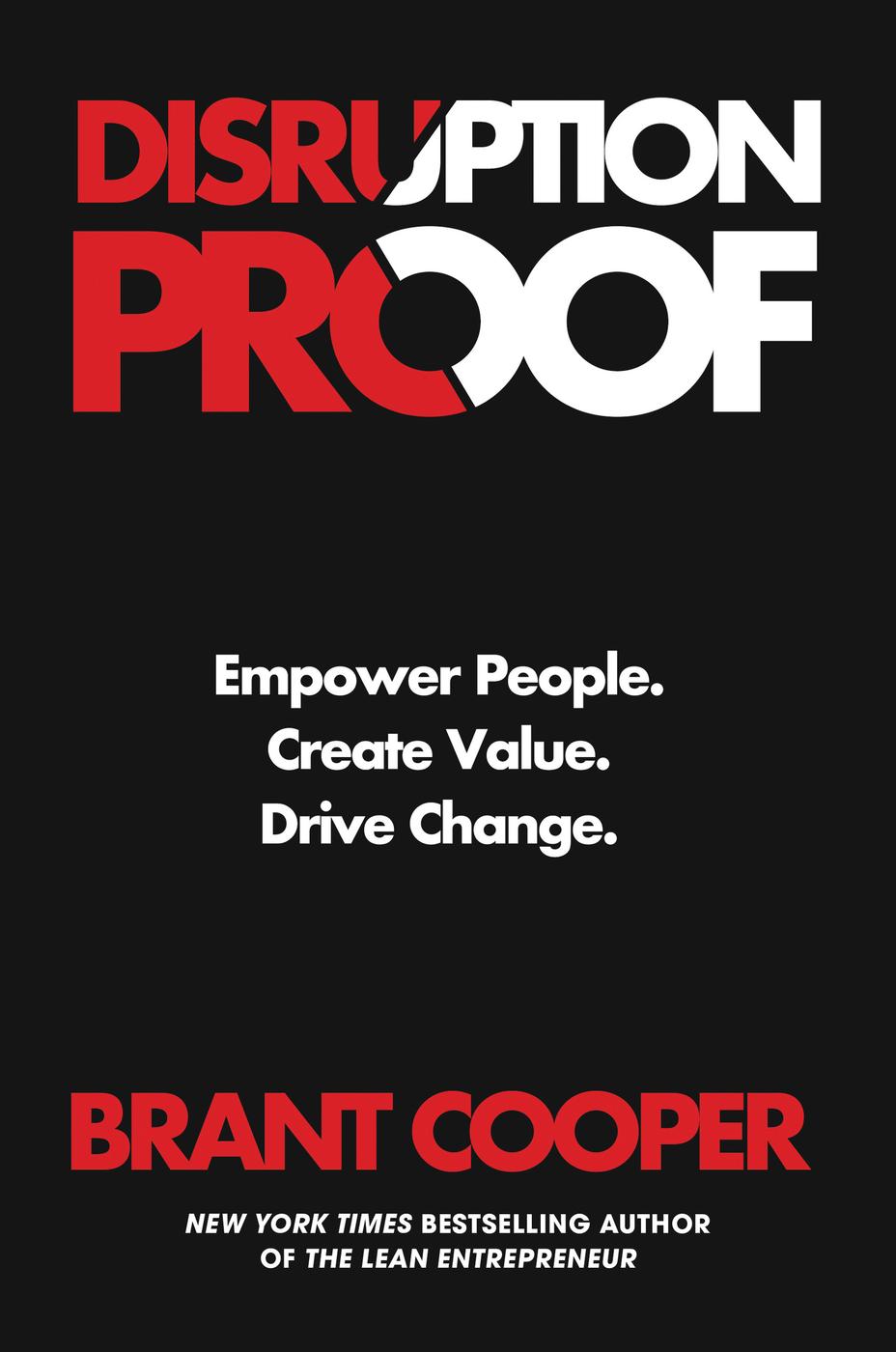
Copyright 2021 by Brant Cooper
Cover design by Erik GrimnesPJ Walter Brand Storytellers.
Cover copyright 2021 by Hachette Book Group, Inc.
Hachette Book Group supports the right to free expression and the value of copyright. The purpose of copyright is to encourage writers and artists to produce the creative works that enrich our culture.
The scanning, uploading, and distribution of this book without permission is a theft of the authors intellectual property. If you would like permission to use material from the book (other than for review purposes), please contact permissions@hbgusa.com. Thank you for your support of the authors rights.
Grand Central Publishing
Hachette Book Group
1290 Avenue of the Americas, New York, NY 10104
grandcentralpublishing.com
twitter.com/grandcentralpub
First Edition: October 2021
Grand Central Publishing is a division of Hachette Book Group, Inc. The Grand Central Publishing name and logo is a trademark of Hachette Book Group, Inc.
The publisher is not responsible for websites (or their content) that are not owned by the publisher.
The Hachette Speakers Bureau provides a wide range of authors for speaking events. To find out more, go to www.hachettespeakersbureau.com or call (866) 376-6591.
Print book interior design by Tom Louie.
Library of Congress Cataloging-in-Publication Data
Names: Cooper, Brant, author.
Title: Disruption proof : empower people, create value, drive change /
Brant Cooper.
Description: First Edition. | New York, NY : Grand Central Publishing,
2021. | Includes bibliographical references and index. | Summary: "One
thing in life is certain: change is constant. Thanks to the rapid pace
of technological innovation in the digital age-and further accelerated
by the global COVID-19 pandemic-massive structural change is happening
more frequently and on a greater scale than ever before. Faced with
unprecedented complexity and uncertainty, most business leaders struggle
to see the way forward. Yet company organization, systems, and
management are still largely based on what was most effective in the
Industrial Age. Disruption Proof offers a new approach that addresses
our current needs. Through powerful case studies of Moves the Needle's
notable corporate clients like Intuit, General Mills, Proctor & Gamble,
and more, Cooper demonstrates how, with the right tools, anyone can
weather turmoil and protect future profits. Disruption Proof provides
readers with detailed instructions on for progressing through four
stages of implementation in order to embrace a new way of working
company-wide, including how to: develop an understanding of customers
and colleagues that lead to insights (empathy) run tests to challenge
assumptions (exploration) leverage data and insights to breakthrough
biases (evidence) balance operational execution with learning
(equilibrium) manage behavior to match corporate values (ethics) By
adopting these "5E"s, all employees can ensure their company's ability
to navigate moments of crisis and find transformative opportunities.
Cooper explains how innovation at every level is the key to organic and
sustainable growth, and guides leaders to create lasting value in the
world. With Cooper's action-oriented advice and tools, anyone can help
steer their company toward durable success"-- Provided by publisher.
Identifiers: LCCN 2021023043 | ISBN 9781538720196 (hardcover) | ISBN
9781538705995 (ebook)
Subjects: LCSH: Organizational change. | Organizational learning. |
Industrial management--Technological innovations. | Business
enterprises--Technological innovations.
Classification: LCC HD58.8 .C65656 2021 | DDC 658.4/06--dc23
LC record available at https://lccn.loc.gov/2021023043
ISBNs: 978-1-5387-2019-6 (hardcover), 978-1-5387-0599-5 (ebook)
E3-20211006-DA-NF-ORI
The Lean Entrepreneur
In memory of my dad, Ross Ellston Cooper
Explore book giveaways, sneak peeks, deals, and more.
Tap here to learn more.

The creation of Disruption Proof was begun before the COVID-19 pandemic, not as a response to the challenges societal institutions face in the wake of its global disruption, but as a recognition that we live in an era of continuous disruption. This recognition came from my career in startups, where we earnestly sought to use technology to disrupt markets in order to change the world for the better. It came from a decade of working with some of the largest organizations in the world that were grappling with innovation and digital transformation. It came from helping cities establish startup ecosystems, in order to create jobs and maintain their communities.
And then, well, boom! The pandemic hits. Rome is burning.
The pandemic was a hot mess. All the components of the disruption story are here: the incredible wins of capitalism in creating vaccines; the failure in bailouts going to executive compensation and stock buybacks; the accelerated inequity of the economy; the struggle of some businesses versus the rapid growth of others; the failures, challenges, and successes of various governmental institutions. The list goes on.
In the end, we should not lose the bigger picture here. The pandemic is a microcosm of the larger disruption at play. Business cannot return to the way things were before. The pandemic is a lesson we mustnt miss. Continuous disruption is the new norm. The question we must answer is: How do we ensure that disruption benefits us all? How do we protect those that are disrupted? And moreover, how do we create radically resilient organizations?
O ne of my professors in college was a wise and weathered Polish migr. He wore thick glasses and spoke with an equally thick accent, in a late-afternoon, nap-inducing monotone. Through his lectures one got a sense of the intensity of a life constrained behind the Iron Curtain, of a time before he and countless others made their way West, to democracy and the freedom and fulfillment it provided.
The class was Comparative Economics, which detailed the differences between economic systems, primarily Western capitalism and Soviet-style communism. This was before the Solidarity trade union led the movement that ended the communist rule in Poland. My professor had spent much of his life under the Soviet system. I can still hear him telling us, In the Soviet Union, when the five-year plan called for five tons of screws, manufacturers would produce five 1-ton screws. My professor may have even got a laugh out of the class, but Im pretty sure I took it literally to mean five metal screws, each one the size of a small Chevy.
The Soviet system was fixed and predictable, the outcomes rigid and predetermined. It utterly lacked any of the dynamism we enjoy in the West. It collapsed for a variety of reasons, financial and human aspirations key among them.
Today its widely accepted around most of the world that, generally, market forces will create a more efficient economic system than the government can through top-down management. A laissez-faire government works best. The extreme opposite to the laissez-fairestyle government, the Soviet economy was a brute-force, execute-the-plan system. More, bigger, faster. The metric that mattered was quantity of output. The state enforced output via its power. It was a dull, dehumanizing approach.



